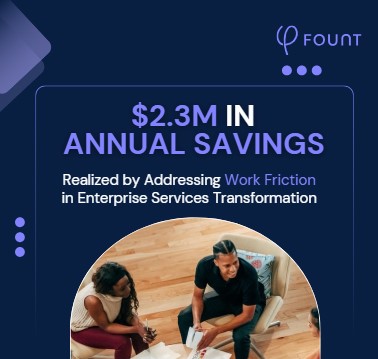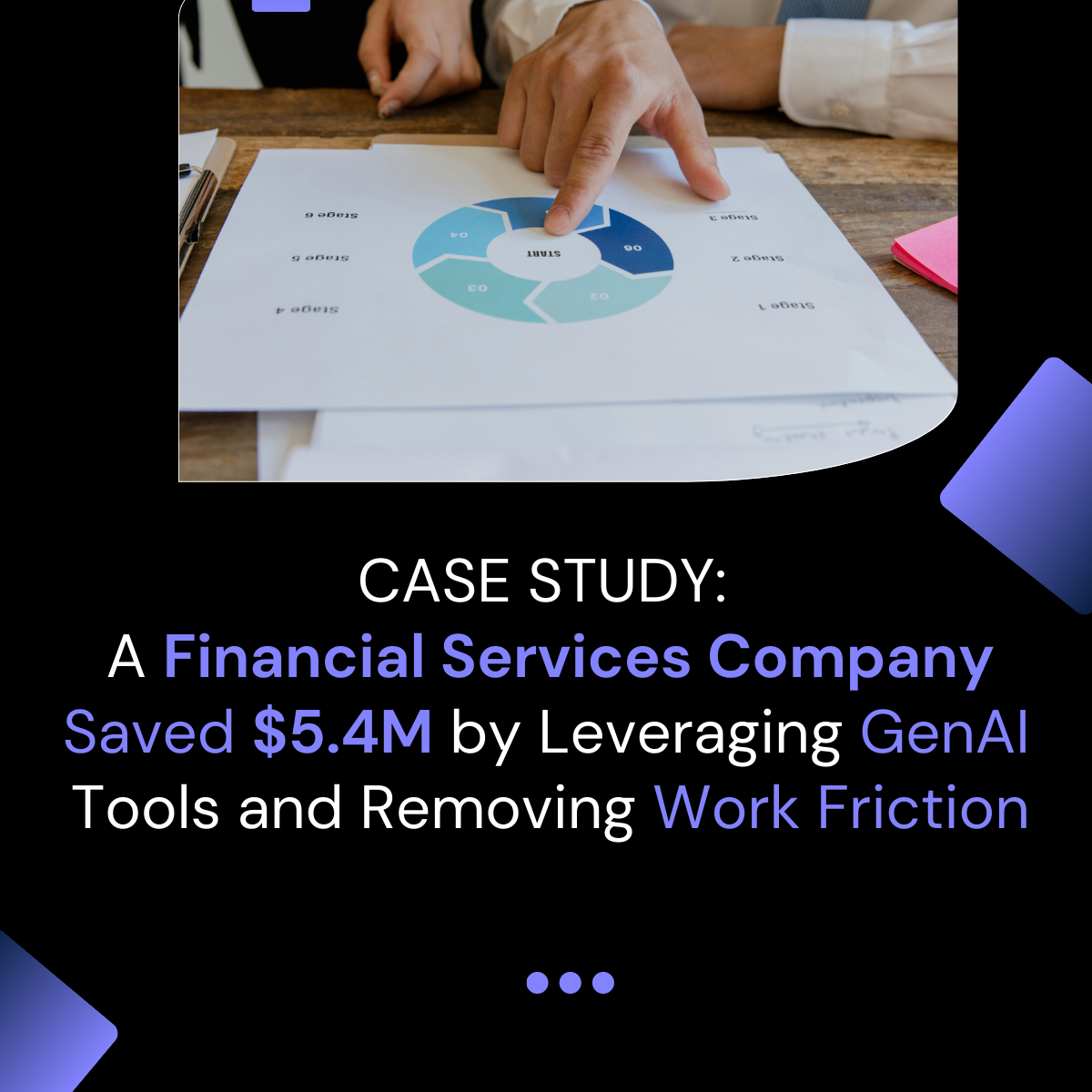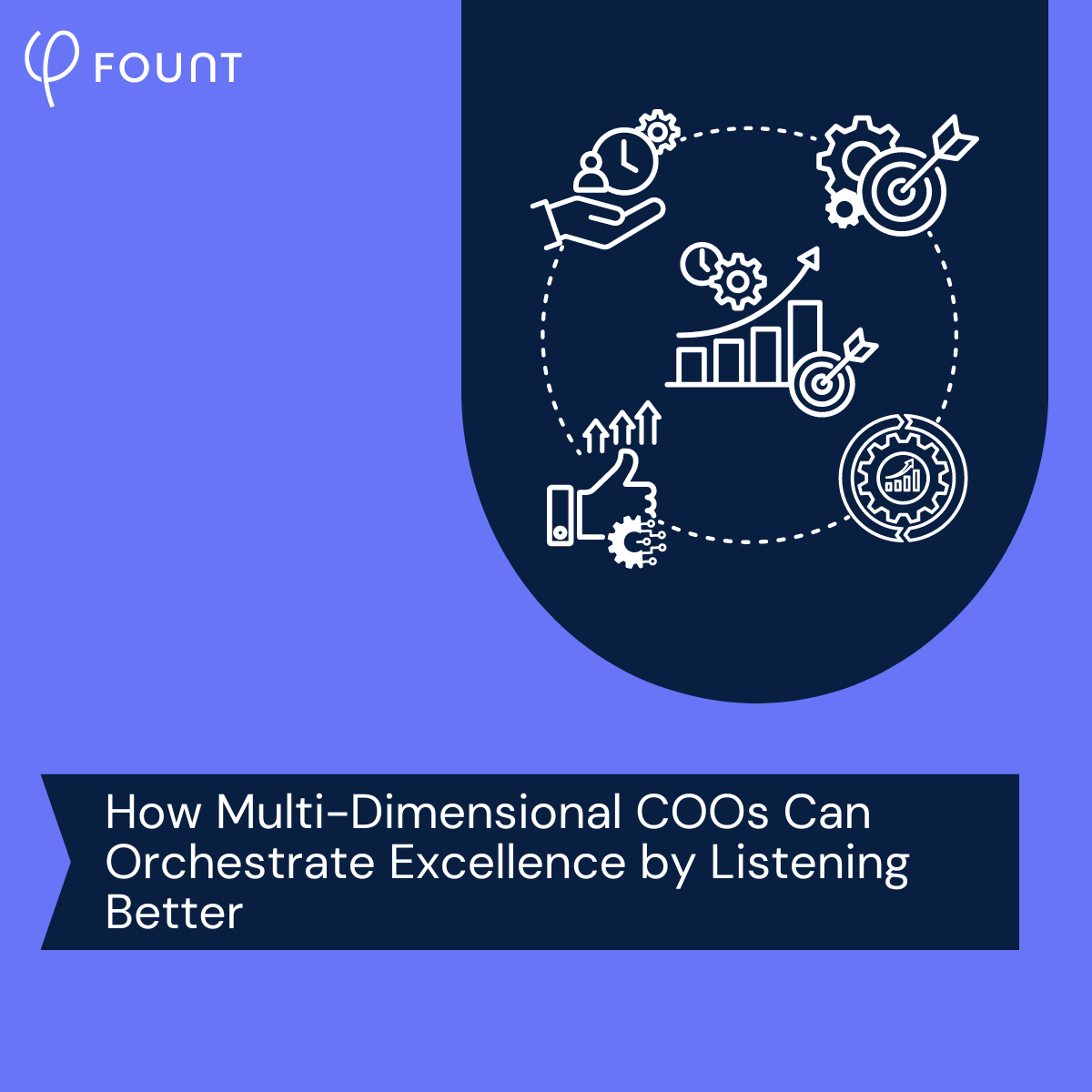Build Better Employee Experiences in 2023 by Rooting Out Friction
A summary of the details of the article will go here.

As a formal practice, Employee Experience (EX) is still a relatively young field. Yet, according to the State of EX 2022 research conducted by FOUNT Global, Inc. and TI People, more than 94% of respondents believe EX work is a long-term commitment for their organization, and more than 50% claim it’s a permanent change in how their organizations operate.
The fact that this new area of focus has the power to dramatically shift the HR strategies of large global organizations may not come as a surprise to anyone keeping tabs on workplace trends. After all, the current macroeconomic climate is disproportionately favorable to EX investment. According to the report, 81% of respondents cite intense competition for talent and 63% point to post-pandemic return-to-work and hybrid work issues as key drivers behind their willingness to direct more budget to employee experience initiatives.
However a blanket mandate to increase EX investment overlooks the nuances of this challenge. Since there is no industry standard definition of what employee experience entails, most HR teams would argue they have been making significant investment in EX solutions for years. And they have, to the tune of $3,000 per employee spent on ‘People solutions’ in 2021 alone. Yet, with voluntary attrition rates doubling in the last decade, there is clearly a disconnect between employees’ expectations and the impact of these investments on their lived experience.
Go Small, Make a Bigger Impact
Today, EX work is mostly nestled within the HR function with 70% of EX teams reporting into HR, 50% having budgets of less than $100k/year, and 75% having fewer than 7 members. That is small potatoes compared to more influential areas within the HR function and which of those may have power over HR budgets.
In our research, respondents cited talent, career mobility, and skill development as having the biggest perceived influence on HR’s investment in EX. But this bucket comprises nearly all of an employee’s day-to-day work experience. How does this account for different employees having very different day-to-day experiences? And how can EX make a big impact when it is just one of HR’s many competing priorities?
Historically, HR teams at large organizations prioritize big, multi-year transformational projects across the entire employee base. The assumption is that the bigger the project and effort, the better it is for everyone involved. Unfortunately, the reality is often an average experience for everyone vs. a great experience for anyone. Broad-based approaches tend to result in a smaller, watered-down impact because the effort is dispersed across so many people with different expectations.
There is also timing to consider. Ask any business leader and they will tell you recession is not a time to go big. Small is the new big when it comes to EX and it just so happens that small projects are where EX teams shine. This shift in both perspective and prioritization is counterintuitive to traditional HR and will take a concerted effort to unlearn. One shortcut to getting started is to find a partner within the business who has an urgent HR challenge on their team – such as attrition or performance – and kick off a small EX project with a clear business objective.
This narrower lens and agile approach to problem solving may be familiar to engineering teams working in lean organizations who are used to focused, incremental sprints. But how does this translate to motivating employees to want to stay and be productive and satisfied at work? The answer begins with a practice already embedded in the organization’s HR strategy: employee listening.
Address the Friction and Work Will Get Better
Ultimately, the secret to better EX is not about getting more feedback from employees – some employees would argue their organizations are already listening too much and not acting enough. But rather, it’s about listening more precisely. Being an employee is complex because each one of us has our own unique experience of work. Large organizations with geographics, business units and talent segments may share a common corporate vision, but there is no one-size-fits-all approach to making everyone happy.
We each interact with different coworkers, technologies, processes, policies, and – for in-person work – physical touchpoints that come together to facilitate or impair our overall experience. What may be a frustrating technology or workflow for one team might be just fine in a different geography or business unit. When you view employee experience through this contextual lens, there is an unlimited potential for friction and an equally unlimited potential for upside in employee satisfaction once addressed.
The question becomes, how do you uncover root cause of friction? Today, HR’s employee data mostly asks the same questions, all at once, and usually only once or twice a year. According to the State of EX 2022 report, “Asking the same, surface-level questions of all employees regardless of how different their work experiences are will never provide sufficient depth of insight to inform real experience improvements. It fails to help business leaders and managers, who have specific, local, EX-rooted problems to solve, and it fails to enlighten HR leaders who need to prioritize their investments. What organizations need is customizable, experience-level data collected from meaningful segments of employees—a much more targeted, deeper dataset than they currently possess.”
Predicting Better EX in 2023 and Beyond
There’s no standard template for creating a successful employee experience, but there are some clear guidelines for getting started. Embrace many small EX projects that will drive measurable impact; find a sponsor in the business to help narrow the focus of your project and amplify its success; and identify root cause of workplace friction by expanding your employee listening strategy to gather more contextual data around role, geography and key moments in the employee lifecycle (e.g. Career Mobility, Learning and Development, Onboarding, etc.).
In the coming years, organizations that prioritize EX work will have a competitive advantage over incumbents. While it may be a heavy lift to change the mindset from big overarching HR projects, the State of EX 2022 revealed that early adopters’ targeted EX practices are already bearing fruit. As we zoom out to look at how broader market trends support this shift, here are three additional predictions for EX in the coming year.
- C-Suite buy-in will be key to making EX a competitive and immediate advantage. Notably, Gartner and McKinsey included Employee Experience among their top priorities for CEOs and HR Leaders in 2023. This is not a passing fad. By making a strong business case for iterative improvement and measurable results, HR teams are well-positioned to lead their organizations out of the post-pandemic era with a powerful EX strategy.
- Talent markets will continue be tight, presenting a unique opportunity for EX Leaders. Enterprising EX teams know how to read the tea leaves. These strategic EX leaders recognize that customer-facing workers in call centers, healthcare units, retail stores and other similar talent segments will be in high demand because customers require ever better experiences from them and the organizations they represent. By focusing their EX efforts on these talent segments, they will establish their personal brands internally and set off a wave of improvement across the organization.
- Resolving points of friction in day-to-day moments will drive business value.
Getting into the weeds of what makes employees disengage or leave may seem overwhelming at first. But the devil is in the details (or, the context, in this case). Identifying the points of friction that can actually be fixed is a recipe for employee happiness and business value over time.
This article by Christophe Martel originally appeared on Spiceworks.
Related Resources
See all News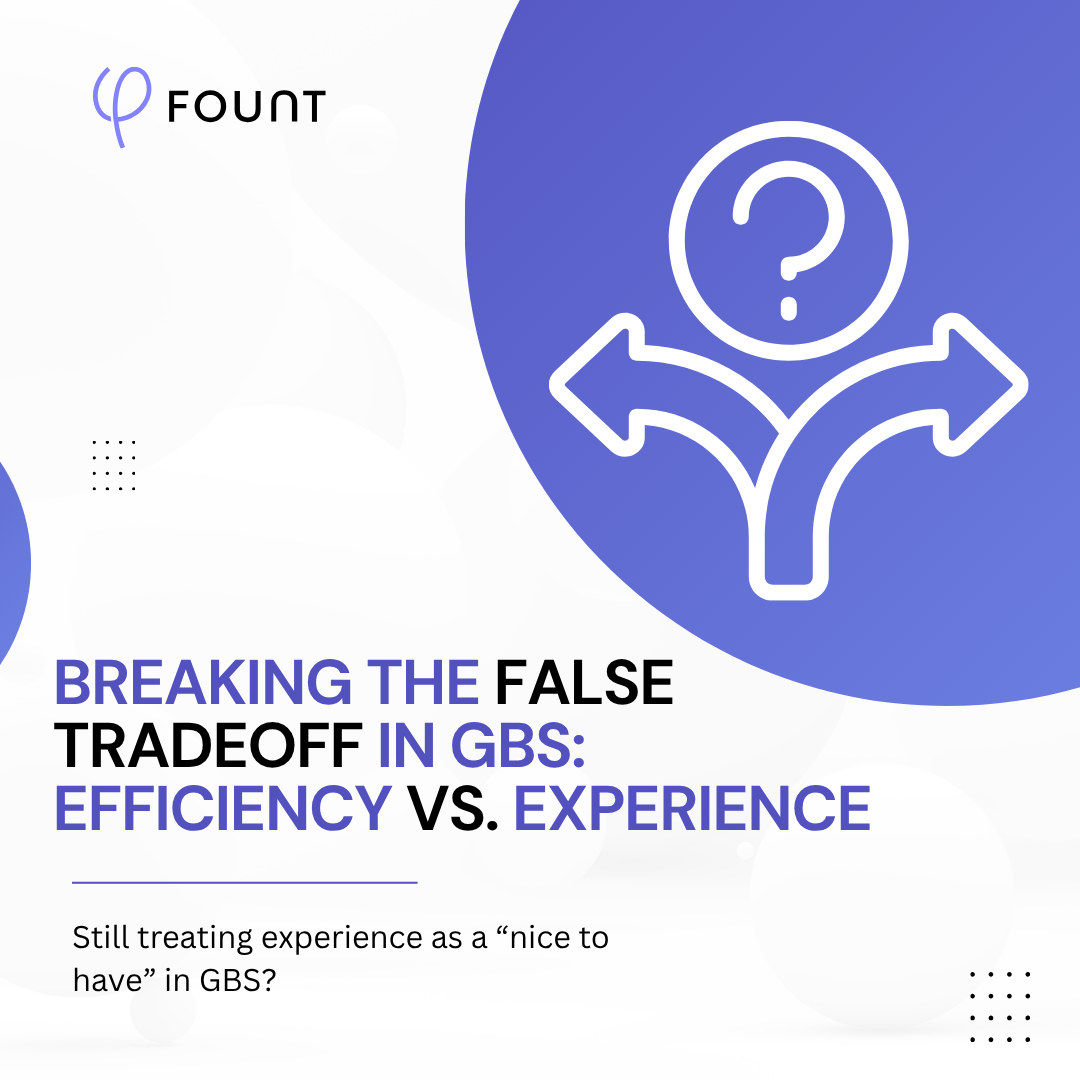
Insights
Breaking the False Tradeoff in GBS: Efficiency vs. Experience

Events
LIVE Webinar – July 9th for SSON Network. Beyond AI Hype: How to De-Risk Your GBS Transformation with Friction Data
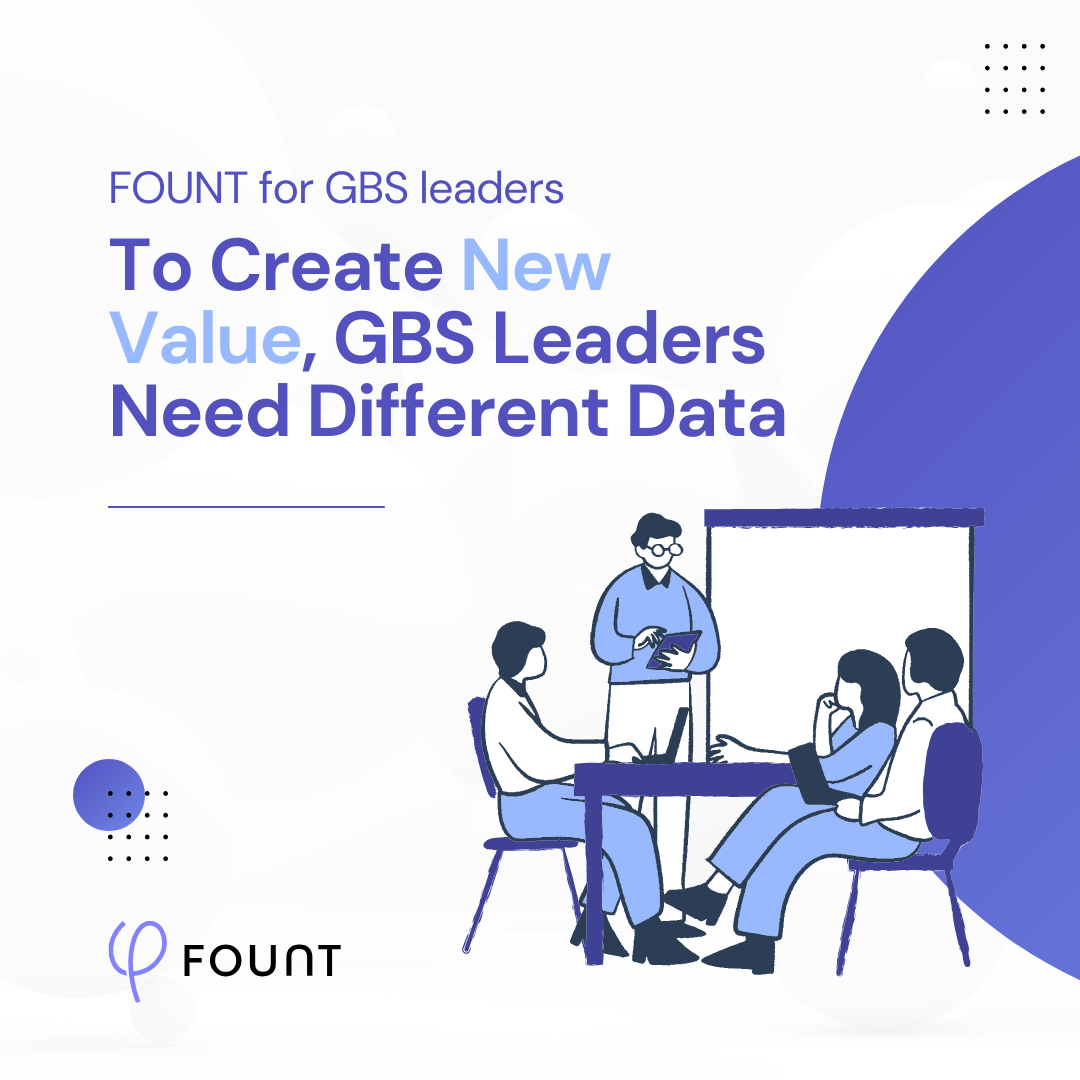
Insights
To Create New Value, GBS Leaders Need Different Data
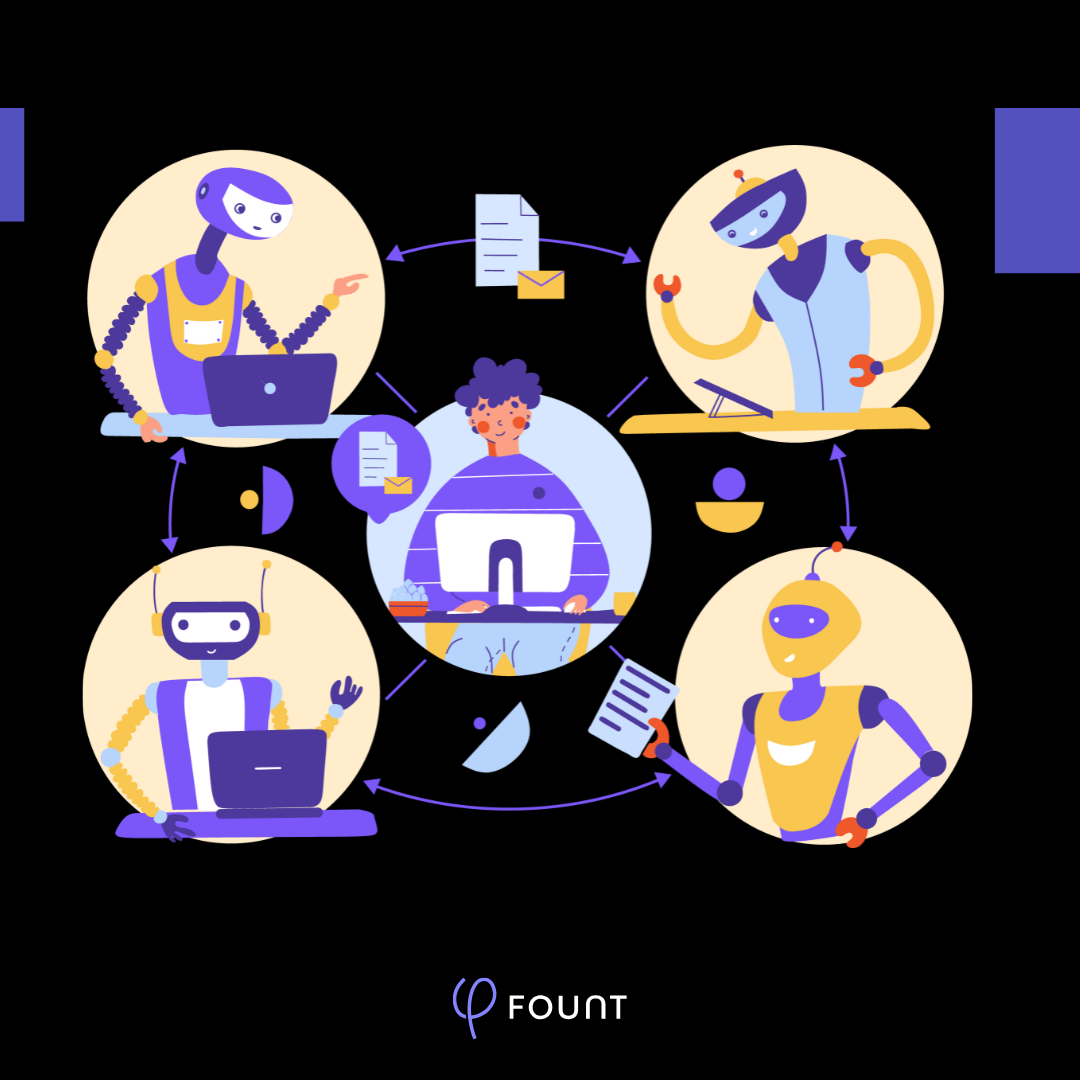
Insights
How to Keep Up with the Latest AI Developments
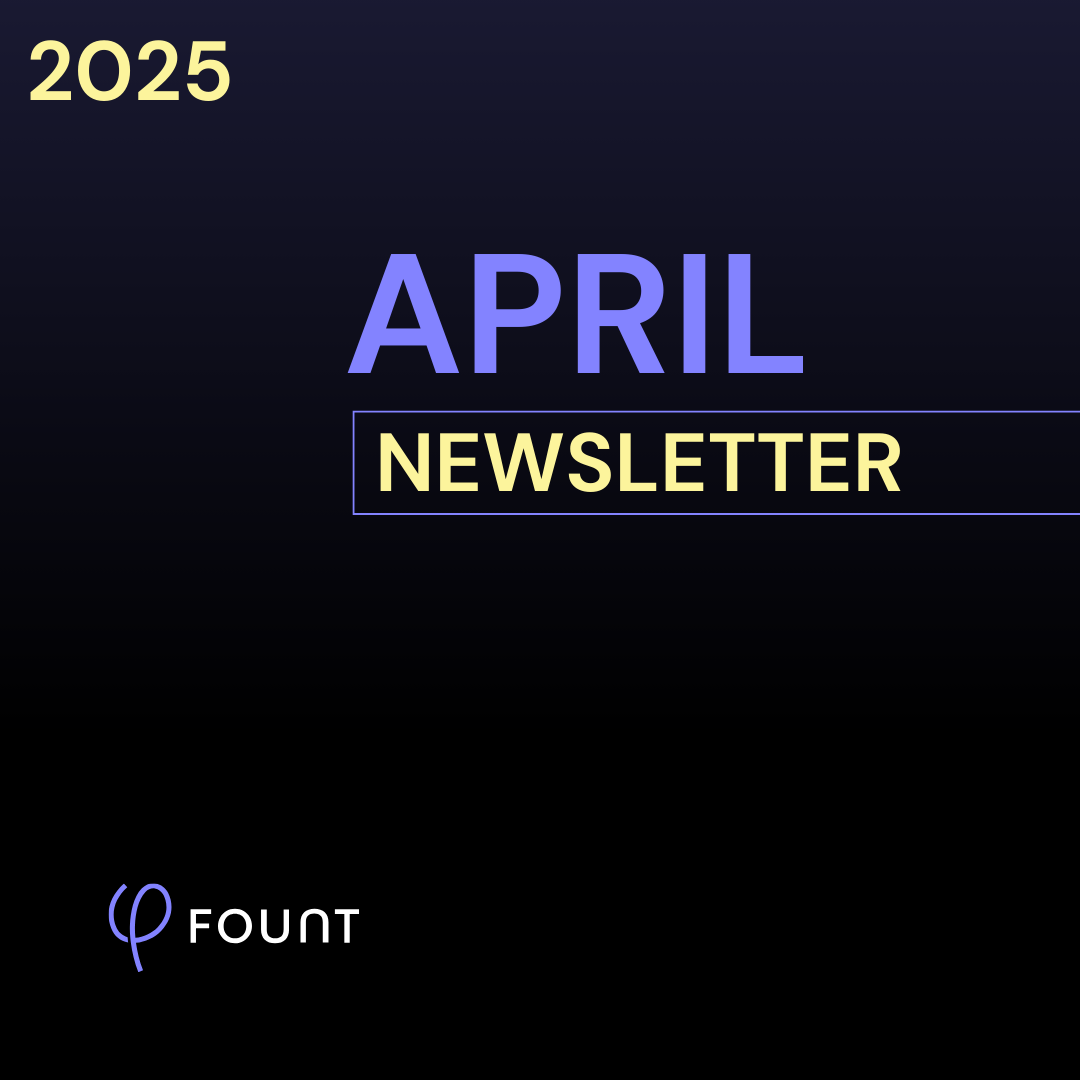
Insights
APRIL Newsletter. Friction: You Can’t Improve What You Can’t See

Guest Post
AI is Reshaping the HR Operating Model: Here’s What 15 Leading Companies Discovered
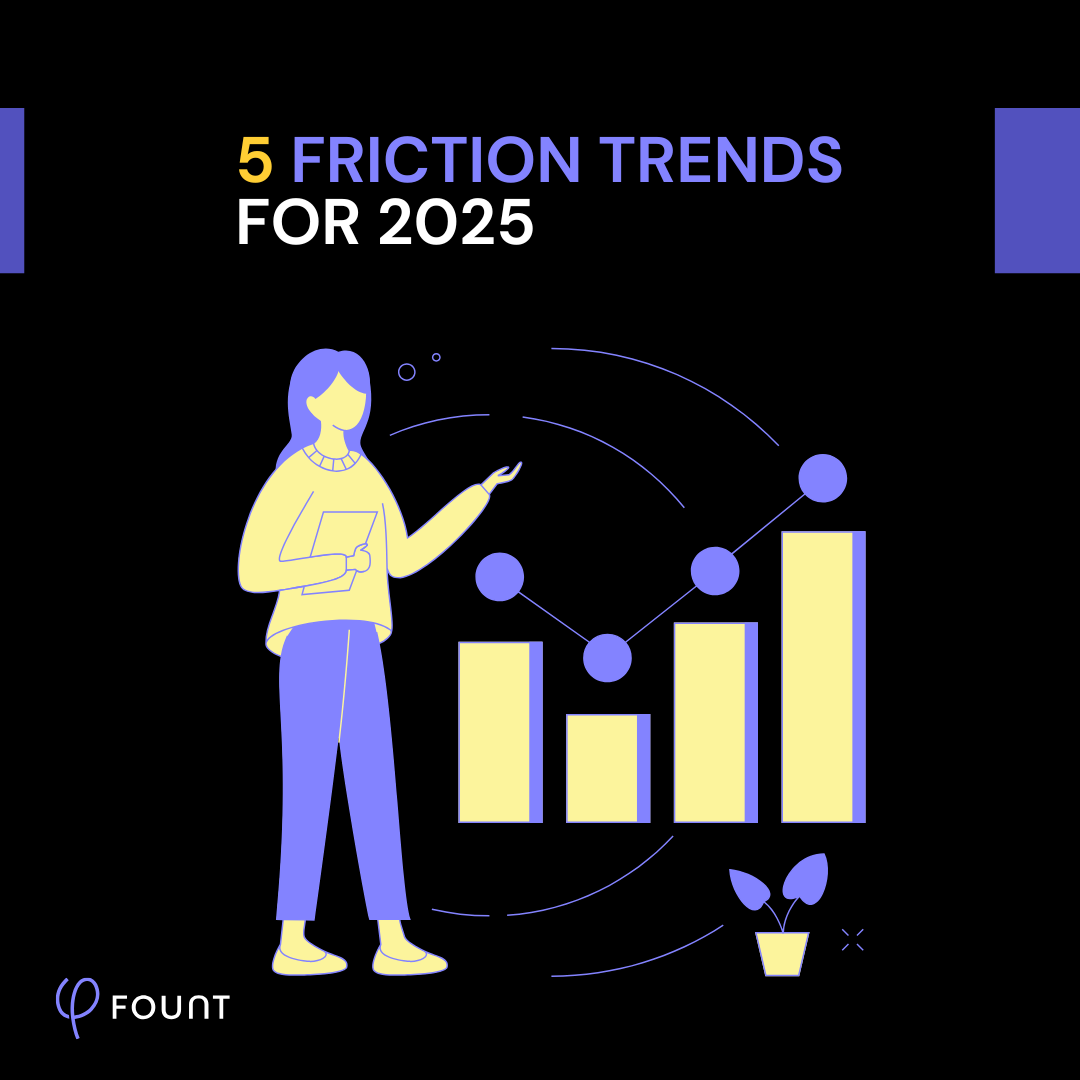
Insights
5 Friction Trends for 2025
Research
WHITEPAPER: Work Friction
